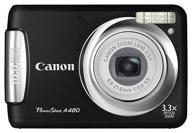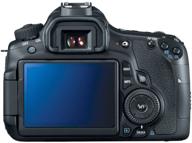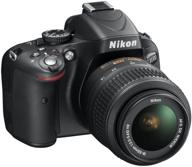In the first place, ergonomics. The Sony A6000 is more portable and easier to use than a bulky DSLR or a tiny compact. As a result of the excellent grip, the carcass may be held with a single hand even when a large lens is attached. One of the a6000's benefits is its light weight, I suppose. It's a lot more compact than a standard DSLR. It is comfortable to wear on a belt and does not cause any neck strain after extended periods of usage.
Secondly, the camera's exceptional quality is emphasized by the inclusion of a viewfinder, a feature not found on all mirrorless models. Use it even when the sun is directly overhead; the screen will automatically darken. It's high resolution, and it shows the image as it appears in the camera's matrix, so you can see how your final frame will look before you take it. Because of a built-in proximity sensor in the viewfinder, the screen image will automatically shift to your face when you bring the camera close to your eyes.
Third, interchangeable lenses are available for this camera, just like with DSLRs. The E mount is compatible with lenses from various manufacturers via adapters as well as those designed specifically for the mount. In addition to the whale lens, I recommend picking up a native 50mm/1.8 lens with a stabilizer, as neither Kenon nor Nikon offer equivalents.
The camera's matrix is 24 megapixels in size, and despite the high resolution, it produces very little noise at an ISO range of 3200.
Fifth, this camera, like all new ones, has Wi-Fi. However, only Sony cameras allow you to install applications that extend your capabilities, such as a simple time-lapse shooting app. As an added bonus, you can take images without having to connect anything to your phone beforehand. Using your mobile device's display and controls, you may operate the camera from afar.
Sixth, the focusing is lightning quick and, at least with the included lenses, it performs admirably when shooting in motion.















